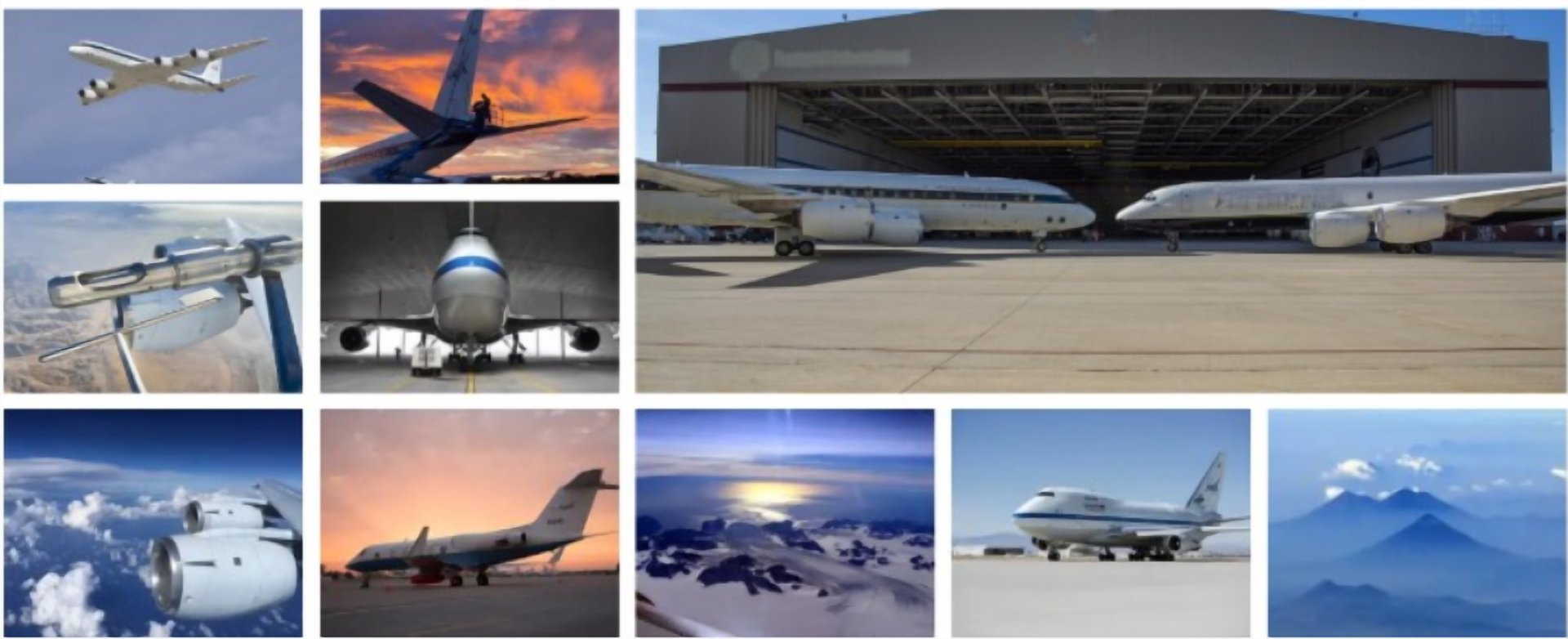EAI AirCraft
Utilizing EAI’s B200 King Air to Study Snowmelt Levels
6/28/20222 min read
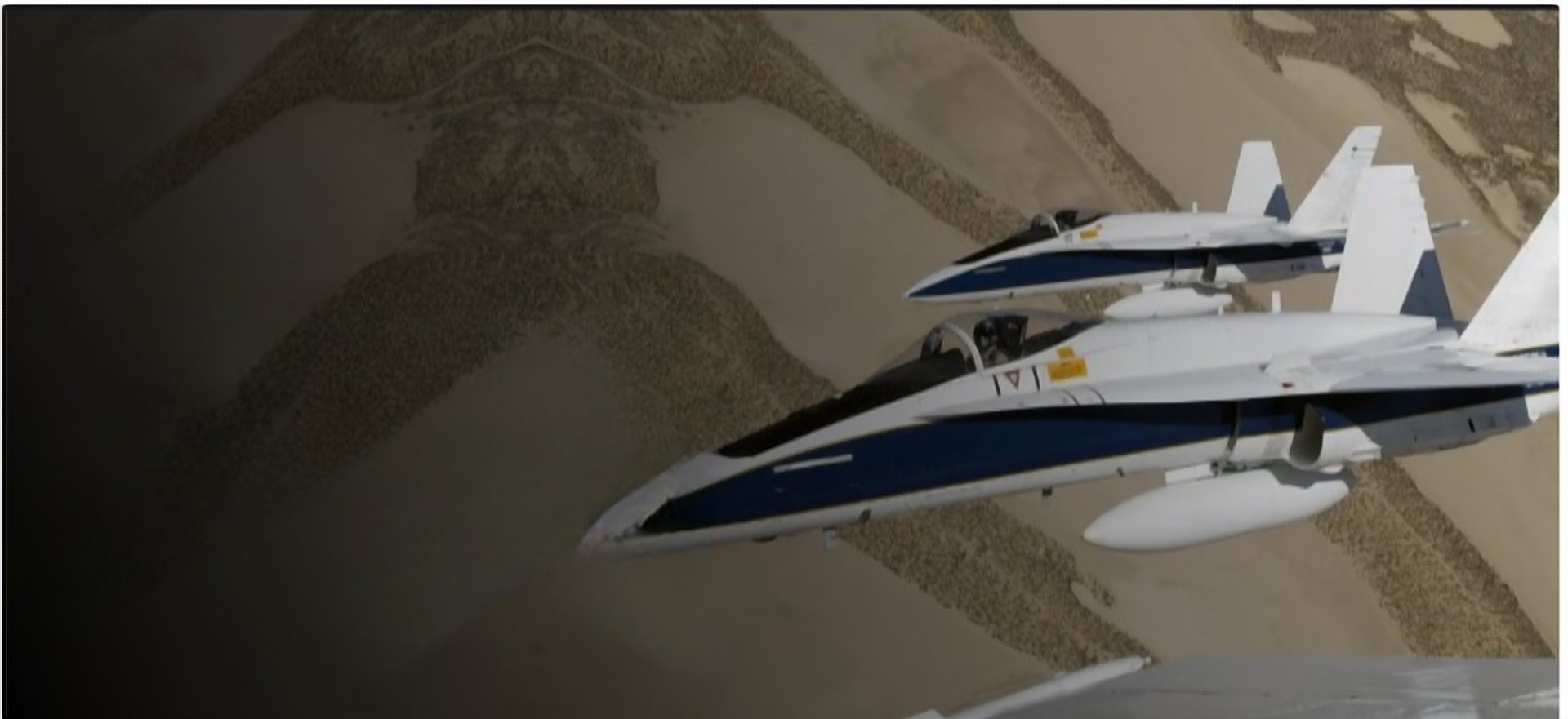
EAI AIRCRAFT
QX-66
To be built in partnership with Boeing, the X-66 will serve as NASA's Sustainable Flight Demonstrator. The goal is to showcase a new aircraft configuration that will help the aviation community achieve net zero greenhouse gas emissions by 2050.
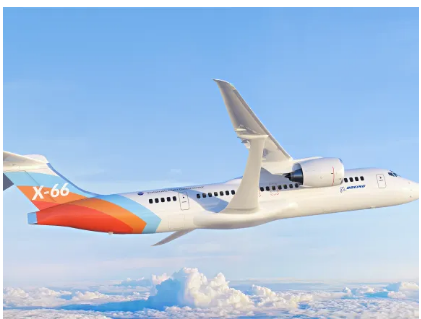

2024
EAI PILOTS
Supersonic Research
THROUGH 2027
MISSION TYPE
PRIME CONTRACTORS
FIRST FLIGHT
MISSION DURATION
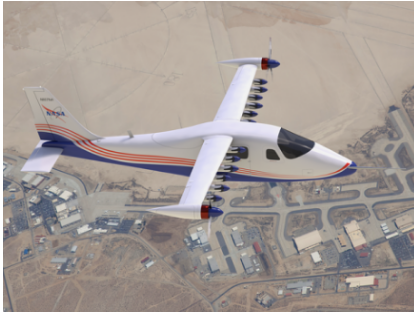

X59
Built under contract by Lockheed Martin, the X-59 is the centerpiece In Quesst mission to collect data that could make commercial supersonic flight over land possible, dramatically reducing air travel time in the United States or anywhere in the world
OUR STORY
X-57
Built by modifying an Italian Tecnam P2006T to be powered by an electric propulsion system, since 2016 the X-57 project has shared lessons learned about battery technology, electromagnetic interference, motor controller design, and so much more.
The electric motors for X-57’s Mod II vehicle and their propellers were powered up and spun together for the first time as part of an integrated spin test. Chris Higbee, Project Engineer at Scaled Composites, is seen in the cockpit of the Mod II vehicle, which is the aircraft’s first of three electric configurations. The wind turbines seen along the hillside in the background illustrate a noticeable, appropriate impression of the future final phase of X-57, known as Mod IV, which will feature 12 small electric high-lift motors and propellers along its wing.
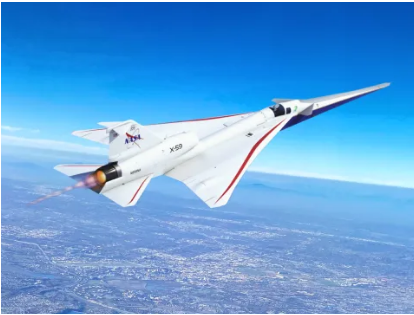

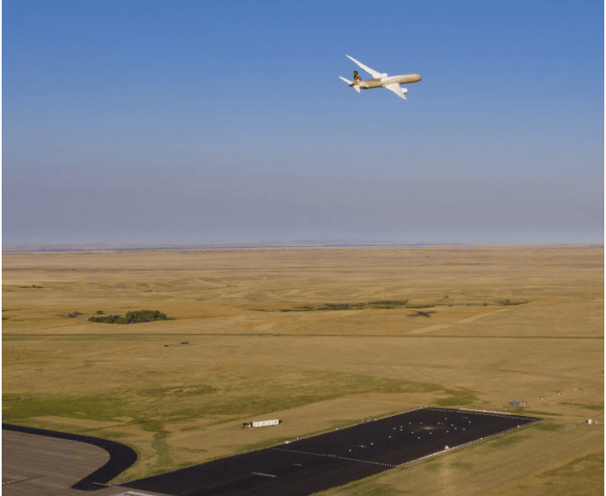

Research with Boeing
A 787-10 Dreamliner on loan from Etihad Airways for Boeing’s 2020 ecoDemonstrator program makes a low pass over a collection of microphones just past the end of the runway at a research facility near Glasgow, Montana. The maneuver was repeated dozens of times during late August and early September as part of a NASA study to hear how total aircraft noise is affected by the placement and interaction of the jet engines with the airframe. Research results could help inform noise reduction approaches for today’s aircraft, as well as future commercial airliners that may feature designs in which the engines are placed where the wings and aircraft body might help shield the noise – making the airplane sound quieter on the ground.
